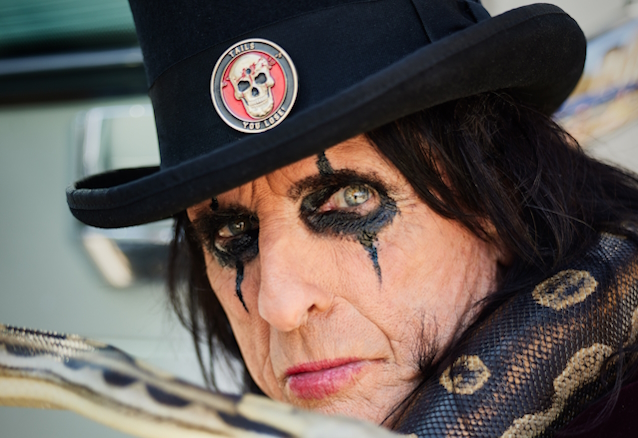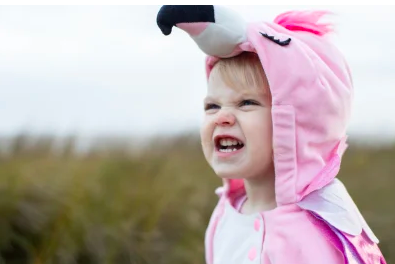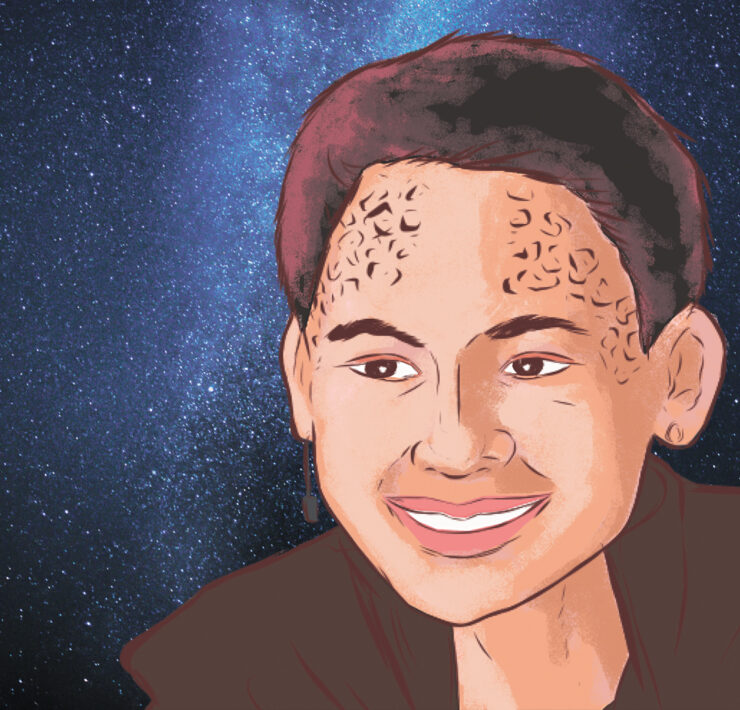A Fandom Tail: The Furry Community Unites Freedom with Fantasy

The concept of anthropomorphism may appear unusual to those unfamiliar with furry fandom, but look no further than Sonic the Hedgehog, Bugs Bunny, or BoJack Horseman to realize that personification of animals burrows deep within human culture. As described in the 2020 documentary film The Fandom, many of us were taught essential life lessons at a young age through stories depicting relatable and amusing interpretations of fauna.
The furry fandom, or the appreciation of anthropomorphic characters, gained momentum as a social community in 1980s Southern California, when fan groups collaborated at sci-fi and comic book conventions around mutual admiration of animal-inspired art. Popularity spiked in the following decade through advancements in digital networking and costuming, transforming the niche scene into a global interest.
For us “normies” (a term sometimes used to describe “normal people” outside the fandom), let’s discuss a few basics. A fursuit is an animal costume worn by a member of the furry community, which may be custom made or may showcase otherworldly features inspired by anime, sci-fi, or pop culture. Those in fursuits may wear them occasionally for events like conventions or more frequently in social settings.
A fursona is the character, complete with personality traits and often a unique name, exhibited by a person in their fursuit. Not all members of the furry community wear fursuits, however, as those merely taking an interest in the fandom or displaying more minimal costuming are also welcomed. Finally, the furry community is widely composed of LGBTQ members.
Perhaps the greatest majesty of furry fandom is that a fursona provides many wearers a freedom to express uninhibited or previously uncovered aspects of their personality.
“A fursuit definitely pushes out the inner animated character in people,” says Martin, who has been furry for more than 10 years. “Some people completely transform their personality while wearing a suit. You never know how people are going to react when they put one on for the first time.”
For many queer furries, being in fursuit also offers a safety net to explore feelings and traits that they may not be comfortable showing in normal society.
“A fursuit can be a wonderful tool to overcome anxiety, being introverted, or just become a giant animal and have fun,” says Amazon, sporting the name of his husky-themed fursona.
Conventions provide a cornerstone of furry social gatherings, where displays of anthropomorphic art and a welcoming atmosphere take center stage. Cities across the world host annual furry conventions today, from Anthrocon in Pittsburg to DenFur in—you guessed it—Denver, which are attended by as many as several thousand enthusiasts.
The community benefits extend far beyond the convention walls. “Charity holds a very special place in the hearts of the fandom,” says Amazon, a director for DenFur. “Every convention has some type of charity as part of the event, and they are always blown away by the incredible generosity of the fandom. Furries have opened their wallets to the tune of literally hundreds and hundreds of thousands of dollars, given to charities (both human and animal) all around the world every year.”
The convention also brings significant tourism dollars to surrounding businesses in host locations.
Here in Denver, described as a current “furry mecca” of the U.S., the community also engages socially in events like small-scale meetups, park outings, and bar nights.
“Public suiting, where a group of fursuiters (and other furries not in suit) will go out to a public place and interact with the general public, has become very popular. Patrons just love it when they walk in the door, asking for pictures, and yes, even hugs,” Amazon reflects.
Despite an abundance of positive aspects, the furry community has been long misunderstood as a culture oriented strictly around sex, a label often perpetuated by the media in a negative light. Yet, as we consider what we may have heard in the news, it is important to remember that mainstream culture both thrives upon and condemns ideas of sexual exploration.
Take this example—Along the highways of even the reddest of states, massive adult megastores feature an immeasurable volume of exploratory merchandise while receiving seemingly no pushback from surrounding communities. So, what is it about furry fandom that generates so much fear and criticism?
Examining the depth of this misconception may suggest at least two primary influencing factors. First, the community’s overwhelmingly LGBTQ nature, combined with events featuring costuming, dance parties, and non-traditional looks are among the first of any social gatherings to be categorized as unusual or sex-frenzied. Predominantly queer subcultures have been no stranger to these labels, which are typically slow to evolve to larger societal acceptance.
Second, there is something inherently primal in the concept of embracing animalistic connection. This idea contrasts a centuries-old lesson that “human beings are not animals,” a phrase I recall hearing during several Sunday teachings growing up. The existential debate of behavioral norms instilled by those in power is reflective of the strive for sex positivity itself, frequently pushing back against the idea that we may simply be allowed to enjoy liveliness in the way we desire as creatures of this planet.
Does sex exist in the furry community? Certainly, for some. Is it the defining characteristic of the fandom? Absolutely not.
The attributes of freedom, non-judgment, exploration of identity, and acceptance illuminate this unique and vibrant global group. The sexual aspect need not be ignored either—only viewed upon as part of the human experience.
As expertly stated in The Fandom, “Furry is full of sexuality because furry is full of human beings who are alive.” We must not forget that who and what any of us embody is deeper than any headline, any label, or any whispered comment.
What can we learn about ourselves by examining or partaking in furry fandom?
“Carving alternative routes and creating your own unique path is what life should be all about,” Martin says. “I’m perfectly content being in the weird corner with my weird furry friends.”
I believe that if exploring our inner truth can spark inspiration, if a dancing blue wolf can transpire a smile, or if the delight of animated creatures brings a sense of connection to our unique planet, why not approach with an unfiltered sense of curiosity? In today’s modern world of trying to craft the perfect image and constantly reaching for societal and personal acceptance, perhaps we all could benefit from enjoying moments where things feel a little less serious.
Additionally, the creativity and artistry of our culture is enhanced when we geek out about the interests that make us feel passionately alive. Furry fandom, now several decades beyond its societal origins, displays this quality perhaps greater than any other global following.
Those interested in attending DenFur this summer can expect panels from fellow attendees, shopping with more than 75 fandom-owned businesses, and a dance competition.
“The best part though isn’t the formal organized events—It’s reuniting with old friends, making new ones, and just having fun and creating amazing memories,” Amazon says.
So, will this normie, curious writer one day find himself exploring the freedom of a fursuit? Well … we are part of the animal kingdom, aren’t we?

Photos Courtesy of James Benoit









